Stephen Lioy goes solo kayaking in Palau, with just a trusty kayak, a tent, and five days of food.
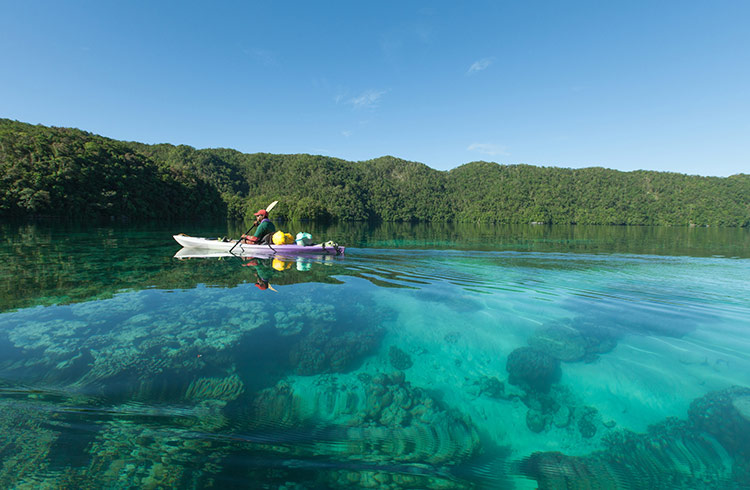 Photo © Getty Images/Ippei Naoi
Photo © Getty Images/Ippei Naoi
As the dive boat pulls away, so does my link to humanity for the next five days. With a final good luck and goodbye, the engine whines and the ship disappears among the countless limestone islands. Left with just a kayak, a tent, and five days of food, every sense indicates that I am the only person left in the Rock Islands of Palau.
The sun sets and the sea of stars begins to shine through the twilight, while the sounds of the jungle slowly fade into the dull background crash of waves upon the island's shore. My small cooking fire illuminates the patch of sand I'll call home for these few days, and beyond the fire's light, the full bright moon casts the nearest islands in dark silhouette.
- Snorkeling in Palau's Rock Islands
- Kayaking in Palau's Rock Islands
- Jellyfish Lake
- Scuba diving in Palau
- Trip notes
Snorkeling in Palau's Rock Islands
I get up every morning with the sun, and the coral-rich waters off Clam City Beach are perfect for a pre-breakfast snorkel. Plunging straight in from the shore, the rustle of palm fronds and call of birds are replaced with a quiet, interrupted only by the rolling waves above. The taste of sea brine still clinging to my lips after a short morning swim, I head back to the beach to heat up a hot coffee and a simple breakfast.
Each day seems to stretch as far as the endless horizon, and I could easily float through every morning just exploring the colorful reefs off the beaches nearby, but eventually, further shores call.

Kayaking in Palau's Rock Islands
Paddling through a shallow cove on the lee of my home island, I watch two small reef sharks swim casually beneath my kayak and out towards open water. Gliding from island to island, through tunnels of overgrown mangroves and across stretches of choppy open water, I find any protected cove or overhanging tree is another excuse to tie up the kayak and dive in for a snorkel.
Sites that would be popular in neighboring Indonesia or the Philippines are amazingly empty in Palau. The few boats that I do come across, yachts bobbing in remote coves or speedboats heading towards Palau's most famous island, are gone before their wake has even settled.
Only once do I wish for a boat to appear – halfway across a long stretch of open water, a small crack in my paddle's shaft suddenly snaps as I dig hard into the trough of a wave. With no convenient towboat to be seen, I struggle back towards the protected waters near Clam City with a single short paddle blade and a fair bit of concern.
Fearful of strong waves and a weak paddle – I hadn't thought to pack a spare – I'll stay close to my beach in the coming days, less tempted now by the promise of unexplored islands and reefs further afield. Finally, unwilling to miss one of Palau's highlights, on my final full day in the Rock Islands I brave the open water once more and paddle towards Eil Malk island.
Jellyfish Lake
Scrambling up the sharp rocky steps cut into the limestone slope of Eil Malk, the highest point of the trail opens to the panorama of Ongeim'l Tketau Lake. Signs below warn not to descend too deep – the deepest levels of the 100ft-deep (30m) lake are rich in ammonia and hydrogen sulfide – but they're not enough to stop me from strapping on a snorkel and jumping off the small floating dock.
Kicking towards the middle of the lake, golden jellyfish slowly appear. First one, then 10, then dozens; soon the water is so thick with jellyfish in every direction I hold back my strokes for fear of ripping off an errant tentacle. With literally millions of jellyfish floating through these waters, it's perhaps no surprise that locals and travelers refer to Eil Malk more often as Jellyfish Lake. What in other waters – even in the lagoons in the surrounding arms of Eil Malk – would be the stuff of nightmares, here is a source of wonder.
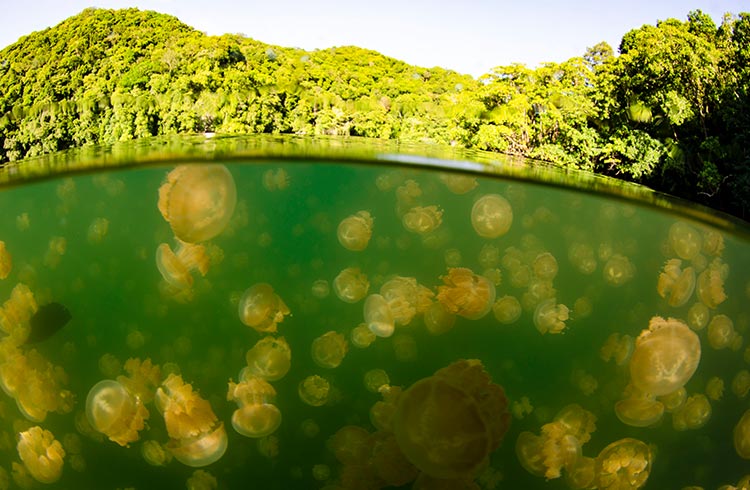
Scuba diving in Palau
As the sun rises on my fifth day in the Rock Islands, I heat one last camp breakfast, enjoy one last morning swim, and pack my tent in time to meet a dive boat for another day under the waves. Soon, I'll be back on the well-trodden trail through Palau, diving at world-famous sites like the German Channel and Blue Corner, drift dives and underwater caverns famous for their abundance of coral life, manta rays and sharks.
For now, the only thing between me and the horizon is my little lime green kayak.
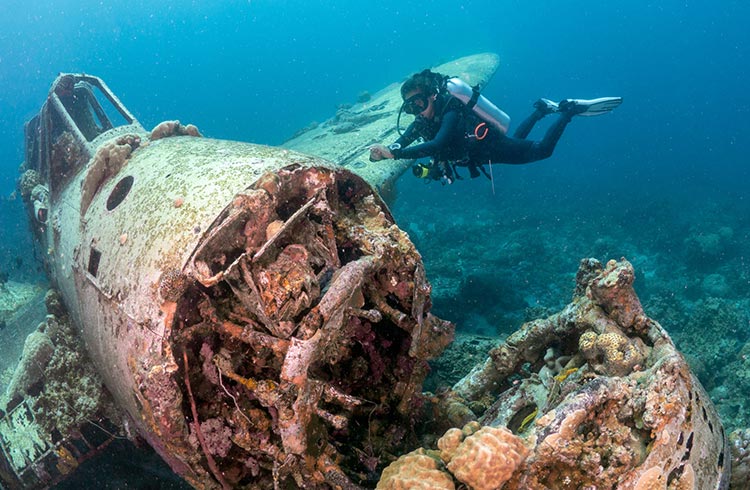
Trip notes
Planning a trip
If you're not confident enough to plan this kind of adventure on your own, tour operators in Palau's capital city, Koror, offer single and multi-day adventure tours. Popular operators include:
Dive trips can also be arranged through these same tour operators, including transfers and all gear rental, for around US $160 for a two-dive day. Most operators can add additional dives or snorkeling in Jellyfish Lake to two-day dive trips for an additional fee.
Getting to the Rock Islands
Most SCUBA operators offer pick-up and drop-off services within the Rock Islands, as well as advice on which islands are open to the public for wild camping, and many will waive the fees for travelers who are diving with them on the day of pickup and/or dropoff.
Gear rental in Palau
- Kayaks and snorkeling gear are available for rent on a daily basis from tour operators in Palau
- Camping equipment is difficult to find in Palau to buy or for rent – when possible, bring what you need from home
- Groceries are available from small shops across Koror, with the largest selection on the island at the Payless Market.
Related articles
Simple and flexible travel insurance
You can buy at home or while traveling, and claim online from anywhere in the world. With 150+ adventure activities covered and 24/7 emergency assistance.
Get a quote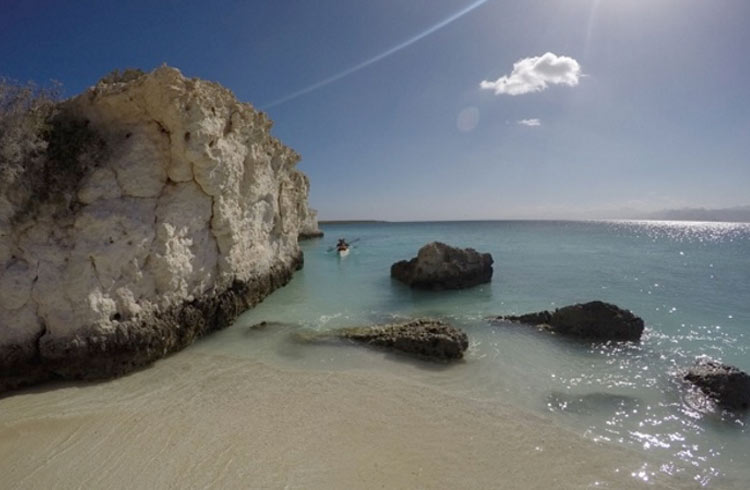
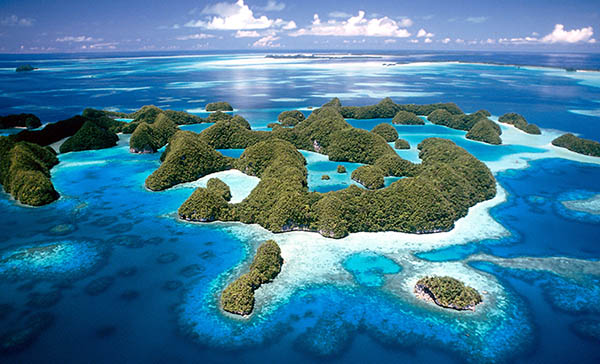
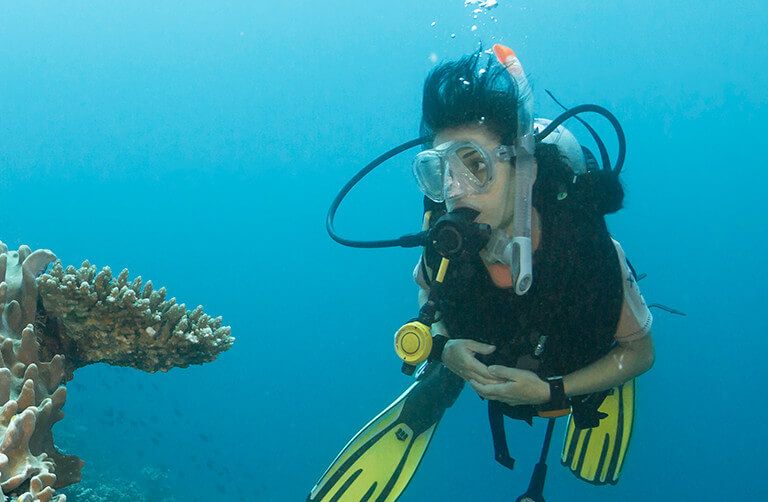
1 Comment
Kayaking is absolutely my favorite activity to do in Palau after spent three years living there! Thank you for sharing all the info.